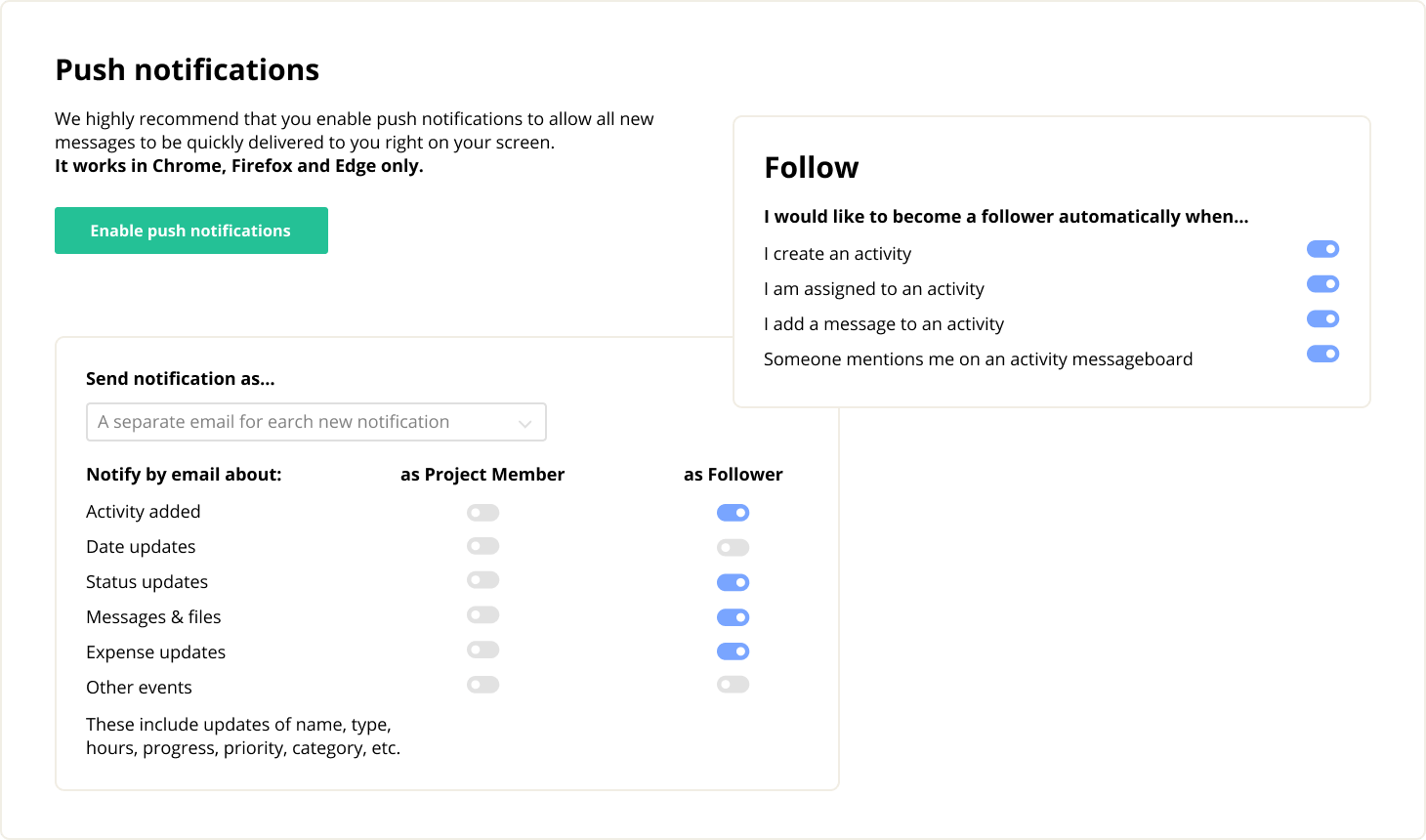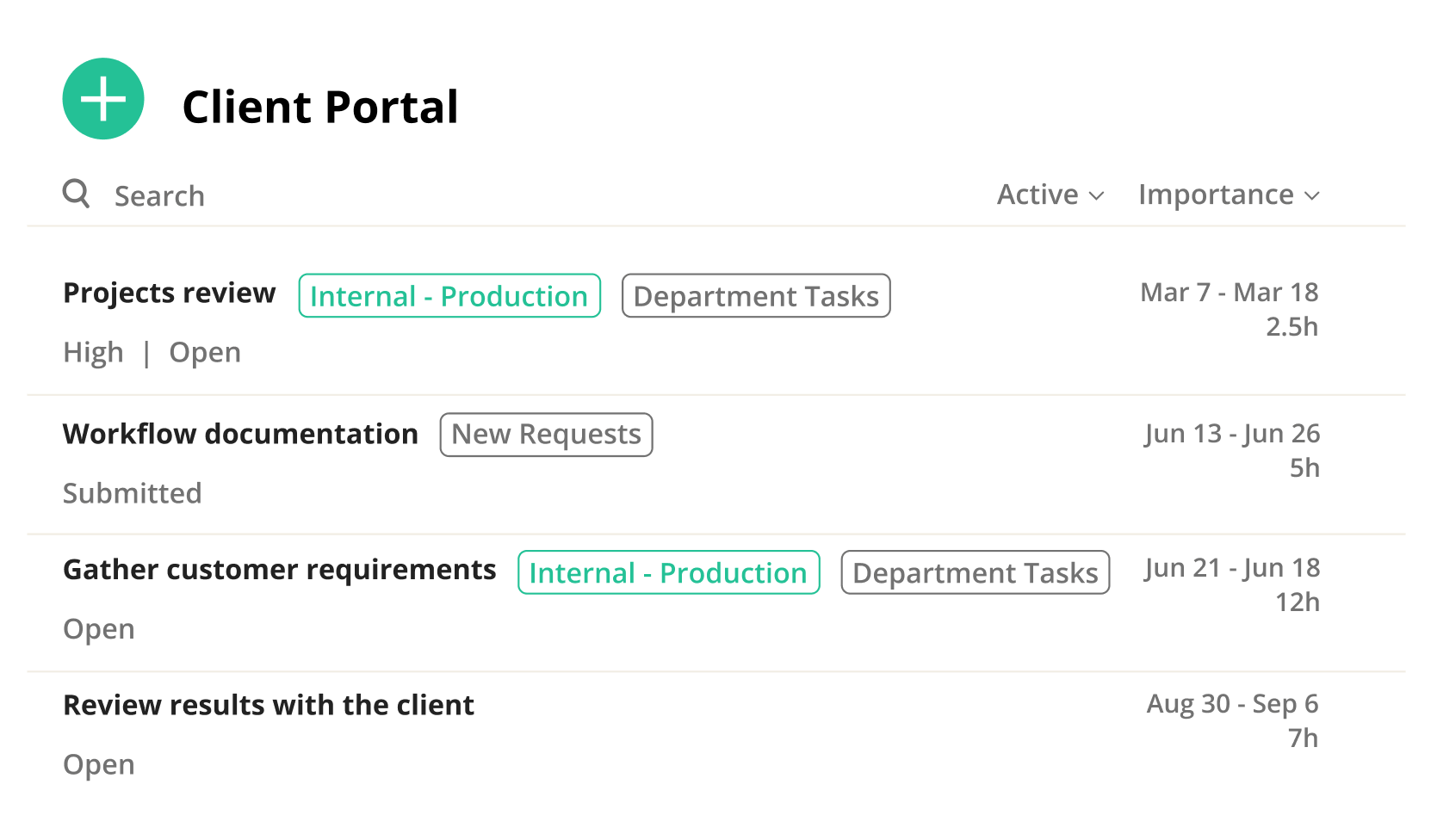Executing a project without any form of accountability is like working without a safety net. Yes, you can get things done, but things can become disastrous if anything (or anybody) slips. Nobody knows or can prove who is responsible for what, fingers get pointed, and team cohesion (not to mention your client relationship) falls apart.
In the end, the project manager will get most of the blame. And rightly so, because he should’ve been exercising the three Ds of project accountability.
What is accountability in project management?
Accountability involves taking ownership of outcomes. Individuals or organizations have the responsibility to account for their activities, take ownership, and be transparent about the results.
For the person overseeing the project, accountability means taking responsibility for decisions, actions, and outcomes, and being able to provide an account of the project’s proceedings.”
Project accountability and meeting deadlines
The concept is pretty simple: when you ask someone to do something, tell them when you need it. Project managers are pretty good at this when it comes to the more obvious project tasks. But when it comes to tasks that are indirectly related, like contacting a client or submitting a report, we assume the other party will get to it in a reasonable time even though they’re too busy, stressed, or forgetful to remember. And when it does slip, you’ll have no deadline by which you can hold them accountable.
When you give a deadline for everything, you automatically mark the task as important enough to track. They’ll be encouraged to put it on their calendar, and if you work with the software you can create email notifications to remind you. Automated reminders and updates will keep everyone aligned with their responsibilities, ensuring that no deadline slips through the cracks.

Birdview’s project management software offers robust timeline management features, making it easier to set, manage, and track deadlines across all tasks. It provides a clear visual representation of the project schedule, allowing project managers to assign deadlines effectively, monitor progress in real time, and ensure accountability at every step of the project.

Project accountability through documentation
This is probably the most important lesson you can take from this blog post. Document everything. Had an important meeting? Take notes. Exchanged emails? Print it out and save it in your project file. Did the client give brief verbal feedback? Transcribe it in your tasks notes section.
Every piece of documentation, whether it is a note, a report, or an email, has to have three vital components:
1. The names of the participants
2. The date the event occurred
3. The information (whether it’s a report or a conversation).
Birdview enhances project accountability through its integrations with document management tools, such as SharePoint and OneDrive, which ensures that all project documentation is stored centrally and is easily accessible to the team. Birdview allows you to attach and organize all relevant documents directly within the task details. This ensures that documentation is easily retrievable when needed and keeps the team aligned by providing a single source of truth for all project-related information.

Distribution in project accountability in project management
Distribution in Project Accountability suggests a focus on how responsibility or accountability is distributed among team members or stakeholders within the context of project management.
In project management, the distribution of accountability involves assigning and clarifying responsibilities to ensure that each team member or entity understands their role, tasks, and the outcomes they are accountable for. It encompasses the delegation of responsibilities, clear communication of expectations, and the establishment of a framework that supports effective collaboration and successful project delivery.
The final D really depends on the document’s purpose. If you’re documenting progress by updating task notes on a regular basis, then you might consider giving the client access to your project management software. External stakeholders or clients can access relevant project information without compromising internal data, fostering transparency and trust, and enhancing overall accountability. If your meeting notes are internal, then you’ll want to restrict your distribution list to your team. And if you’re taking notes for yourself, as CYA protection against crazy clients, then you’ll want to keep your email archive to yourself.

With Birdview’s collaboration tools, project managers can assign tasks clearly, set expectations, and monitor progress collaboratively. The software‘s resource allocation feature ensures that the right people are assigned to the right tasks, optimizing efficiency and accountability.

Keep in mind, however, that information doesn’t do anybody any good unless it’s widely available. Teammates will want to refer to your notes, and sending out alerts every once in a while is a good way to promote accountability in the team.



